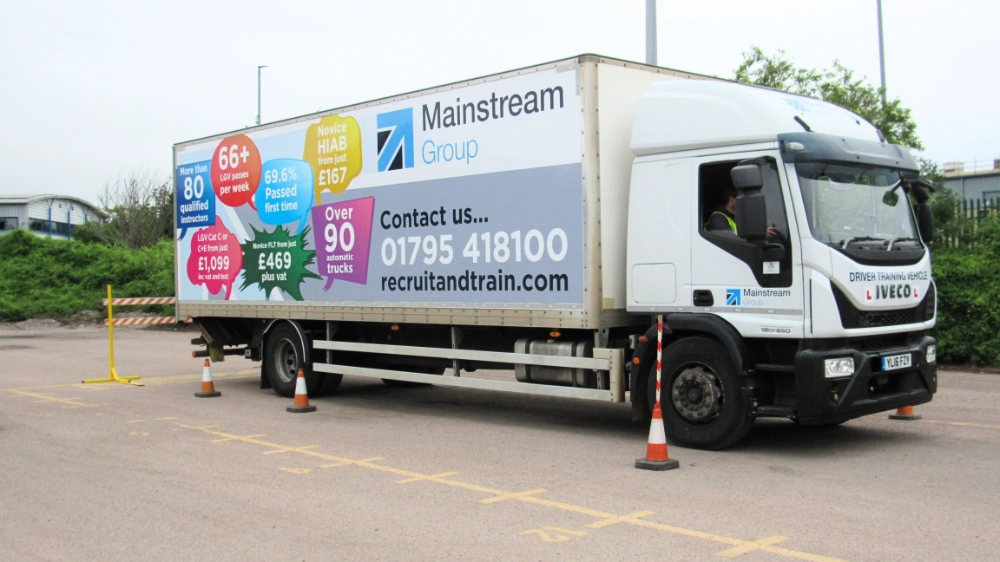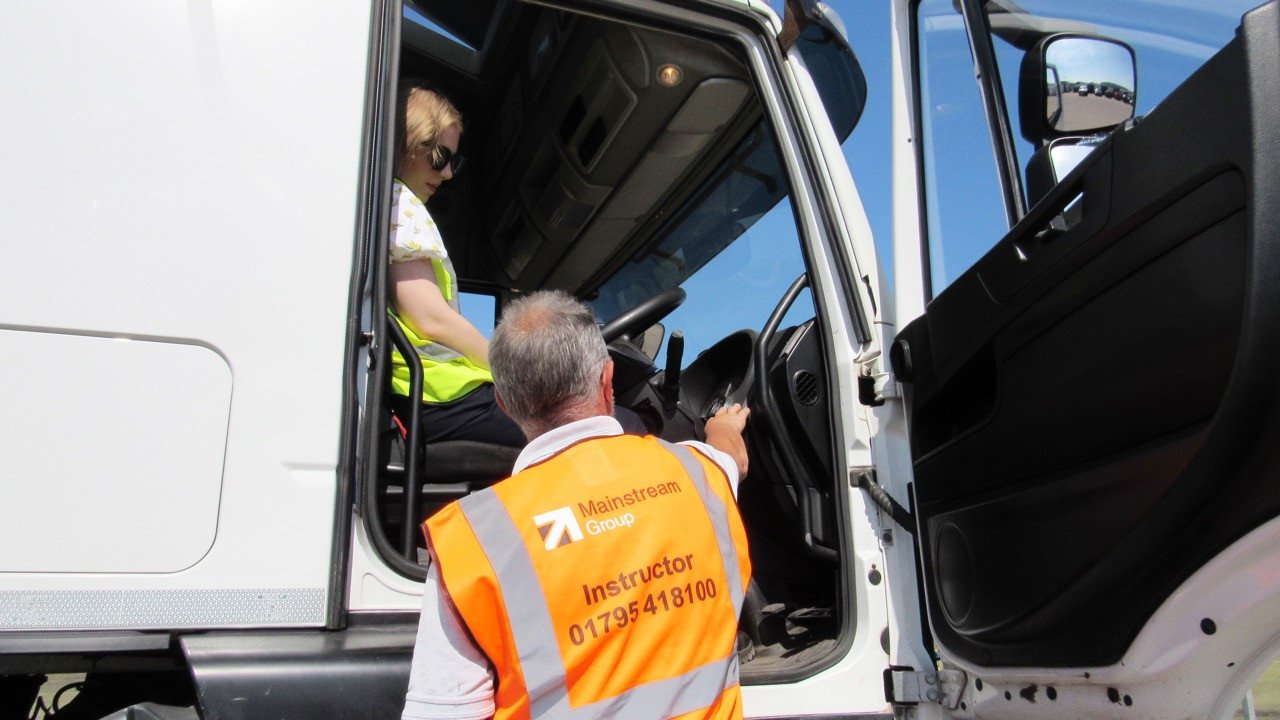
If you’re considering a career in the transport, logistics, or commercial driving industries, one of the most common and versatile commercial driving qualifications in the UK is the Category C (CAT C) licence. But what exactly does this licence allow you to drive? Who typically uses it, and what kind of opportunities does it open up?
In this comprehensive guide, we’ll explore the vehicles you can legally operate with a CAT C licence, the types of roles associated with this licence, and the kinds of industries that require these vehicles.
What Is a CAT C Licence?
A Category C licence, also known as a Class 2 licence, is a type of HGV (Heavy Goods Vehicle) licence that allows you to drive rigid body vehicles over 3.5 tonnes in weight, up to a maximum of 32 tonnes Gross Vehicle Weight (GVW). These vehicles must have a cab and trailer fixed as one unit – meaning the trailer cannot be detached as it can with an articulated lorry.
To apply for a CAT C licence, you must first hold a full Category B licence (standard car licence) and be at least 18 years old. You’ll also need to pass a medical exam and the relevant theory and practical tests before you can legally drive CAT C vehicles on public roads.
What Kind of Vehicles Can You Drive with a CAT C Licence?
The Category C licence covers a wide range of large, rigid vehicles used across various industries. Here are some of the most common types of vehicles you can drive:
1. Refuse Collection Vehicles (Bin Lorries)
One of the most visible uses of the CAT C licence is in local government or council work. Refuse collection vehicles, commonly known as bin lorries, fall within the weight and structural requirements of the CAT C category. These vehicles are used to collect household and commercial waste and often operate in residential areas where precise driving skills are essential.
2. Fire Engines
Fire engines, or fire trucks, are another category of vehicle you can drive with a CAT C licence. While there is additional training required to operate emergency vehicles, the basic licence qualification falls under Category C. Firefighters who are trained as drivers often need this licence to respond to emergency call-outs quickly and efficiently.
3. Large Motorhomes
Some particularly large and custom-built motorhomes or RVs (Recreational Vehicles) can exceed the 3.5-tonne limit that standard car licences allow. If you’re an adventurer or involved in transporting luxury vehicles for events or clients, a CAT C licence allows you to legally drive larger motorhomes across the UK and Europe.
4. Horse Boxes
Horse owners or those working in equestrian transport often use horse boxes that exceed the standard car licence weight limit. Many of these vehicles are rigid and fall within the 7.5 to 32-tonne range, making them ideal for Category C drivers. These vehicles are used both for personal transport to shows and races and in professional horse transportation services.
5. Road Gritters
Especially important during the winter months, road gritters help keep the roads safe by spreading salt or grit on icy surfaces. These are typically operated by local councils or contracted transport services, and they usually require a CAT C licence to operate due to their size and structure.
6. Skip Lorries
Another common type of vehicle in construction and waste management is the skip lorry. These are used to transport large industrial skips filled with debris or refuse. Since these vehicles often weigh over 7.5 tonnes when fully loaded, a Category C licence is essential for drivers in this field.
Typical Uses for CAT C Vehicles
CAT C vehicles are used in a variety of industries and play a crucial role in both local and national infrastructure. Here are some typical uses:
Local and domestic deliveries: Larger items or bulk goods such as furniture, appliances, or construction materials.
- Waste management: As mentioned earlier, bin lorries and skip lorries are essential to waste removal services.
- Emergency services: Fire engines and certain rescue vehicles.
- Public works and highways: Road maintenance vehicles such as gritters and line painters.
- Construction: Transporting tools, materials, or heavy equipment to and from building sites.
- Agriculture: Moving produce or livestock between farms or to markets.
Career Opportunities with a CAT C Licence
Earning your CAT C licence can open the door to a wide range of job opportunities across both public and private sectors. Some popular roles include:
HGV Class 2 Driver
- Refuse Collection Operative
- Delivery Driver (for supermarkets, warehouses, or building suppliers)
- Fire and Rescue Services Driver
- Skip Lorry Driver
- Council Services Driver
- Motorhome Delivery Driver
Many of these roles offer good starting salaries and the chance to progress into higher positions such as transport manager, Class 1 (CAT C+E) driver, or even fleet supervisor with experience and further training.
CAT C vs CAT C1 – What’s the Difference?
It’s worth noting that Category C is not the same as Category C1. The C1 licence allows drivers to operate vehicles between 3.5 and 7.5 tonnes, while the CAT C licence starts where C1 ends – at over 7.5 tonnes. The C1 is often used for smaller lorries or ambulances, whereas CAT C is designed for heavier, more industrial vehicles.
Upgrading to CAT C+E
After gaining experience with a CAT C licence, many drivers choose to upgrade to a Category C+E licence, also known as Class 1. This licence allows you to drive articulated lorries (with detachable trailers) and is generally required for long-haul or international haulage work.
Upgrading to CAT C+E is a natural next step for many CAT C drivers who want to increase their earning potential and job flexibility.
The CAT C licence is a versatile and highly valuable qualification for anyone looking to enter the commercial driving industry or expand their current driving skills. Whether you’re interested in working in waste collection, emergency services, delivery logistics, or specialist vehicle transport, a CAT C licence gives you the legal authority and practical skills to handle large, rigid vehicles safely and confidently.
Want to Know More?
If this guide has been helpful and you would like to know more about prices, availability and how the CAT C training works with Mainstream, click here:






